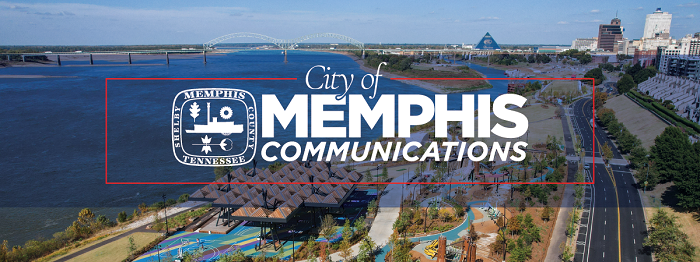An update on the Fairgrounds
Memphis sent this bulletin at 11/07/2017 03:28 PM CSTFriends,
Last night at the Kroc Center, we presented all the options we’re considering for the future of the Fairgrounds before a crowd of a couple hundred Memphians. I wanted to send this email today so that all of you see what we presented — and to answer some of the more common questions.
Here’s the presentation. It’s a long one, but it’s worth looking at to see the maps and some renderings of what the new developments could look like.
It’s extremely important to know that what we presented last night is not the final plan. That will come when we present to the City Council, likely in January, and to the state of Tennessee shortly thereafter.
Though we presented $160 million worth of options, they are just that — a menu of options from which we’ll make final choices. We’ll make those choices once the revenue projections come in, likely next month. We will fit our project to the money available, not the other way around.
In the meantime, here are answers to some of the more common questions:
Why is youth sports the chosen route? Simple: It’s an industry that is proven nationwide to bring youth and parents to a place. By doing that, we bring energy and dollars to our core city — dollars that help pay for the entire project.
Our proposal is unique in a handful of ways. One is that it focuses on indoor sports, as we already have large baseball and softball complexes in our area. Another is that it includes an indoor track, which is much more rare for a sports complex to have.
And don’t view this as solely for tourists. We envision local young people and teams using it, too.
Will there be enough parking for Tiger football games? As a Tiger football fan and Tiger Lane tailgater, this is of particular interest to me. Yes, we’ll lose the unpaved parking area where Libertyland used to be, but we would gain parking with the construction of a new garage. Moving forward, finding parking solutions for all of the Liberty Bowl’s tenants — including the Southern Heritage Classic and the AutoZone Liberty Bowl — is a priority.
Why not revive the Coliseum? It would cost about $40 million — a huge chunk of the entire project, and that would only solve half the equation. The other is more troubling: No plan has presented itself that would prevent a revived Coliseum from bleeding operating losses every year. Arenas lose money, and losses operating the Coliseum would negatively affect our budget. (Even the Landers Center in Southaven loses millions on an annual basis.)
Our proposal is to hold tight on the Coliseum, see if things change in the market, and explore its future later.
A noncompete clause with FedExForum is part of why the Coliseum can’t be revived as an event venue — so why not just do away with it? Well, technically speaking, eliminating the clause is not something I can do by executive fiat. The contract was negotiated 16 years ago, and the Grizzlies and Shelby County are also parties to it.
Nor would you want me to. See, the noncompete clause is something we agreed to so that the Grizzlies would operate FedExForum on our behalf. Remember, arenas lose money, and when FedExForum loses money, the Grizzlies are on the hook, not us. It appears this clause has saved taxpayers millions of dollars since the building opened in 2004.
If the city/county governments were on the hook, we could find ourselves in a situation similar to Nashville, which subsidizes the operation of Bridgestone Arena, home of the NHL’s Nashville Predators.
OK, so tell me again where this money comes from? I don’t think we can say this enough: This would be funded in large part by revenues from a Tourism Development Zone (TDZ). That’s when money generated by a project goes to pay for that project. This money would not otherwise exist without the project.
This money would not come from our general fund, which we use to pay for things like police and fire.
—
Our goal was to assemble a project that both attracts tourists and enriches the surrounding neighborhoods. This can do that. Even more, we’re going to outline the community benefits for each development by using Community Benefits Agreements. Used in many other areas of the country, this will be the first time they’ve used in Memphis. It’s important to me that Memphians benefit from what happens there, too.
I’ve said it before, and I’ll say it again: We are reinvesting in our city. We are reinvesting in our neighborhoods. We are reinvesting in our future, the likes of which Memphis hasn’t seen in years. No matter where the final Fairgrounds project lands, this will be another giant step in reinvesting in our core.
Yours,


